12 Countries Worth Visiting For The Food Alone
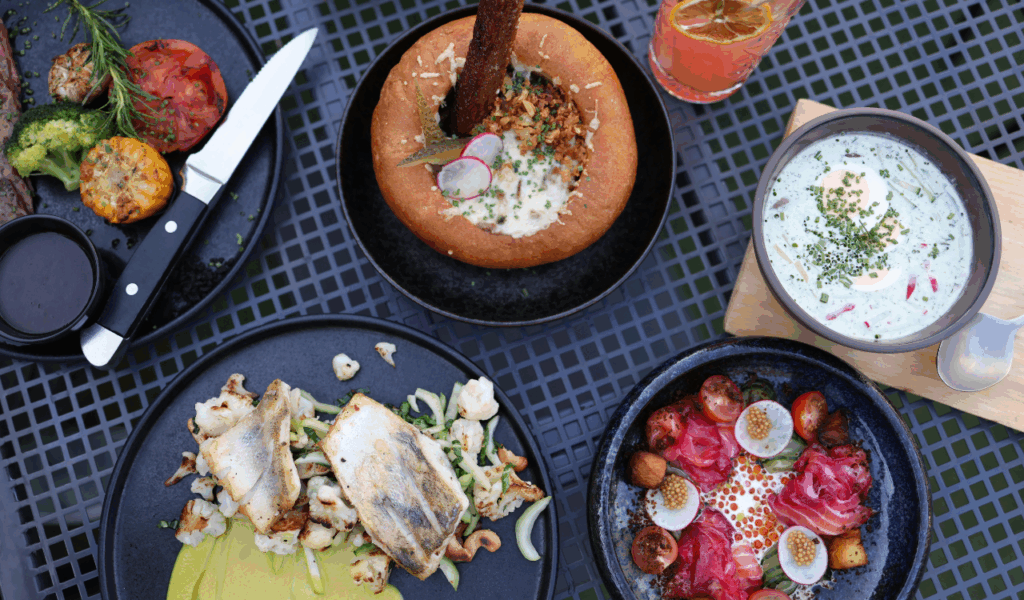
Food is more than just sustenance; it’s a gateway to a place’s culture, history, and soul. Although there is something delectable in every country, there are a few where the food is so distinctive that tourists visit them mainly for it. These nations promise mouthwatering bites and genuine flavors, from aromatic street food to elaborate culinary customs. In order to demonstrate how the kitchen can be just as exciting as any landmark, let’s examine twelve locations where dining is not only a part of the trip but frequently the highlight.
1. Italy
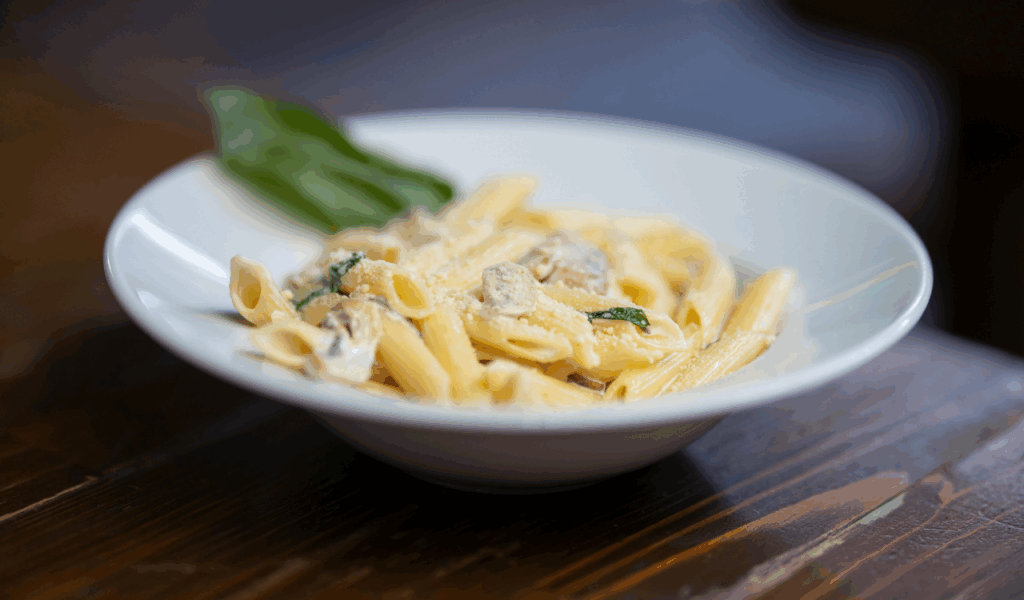
Italy is a foodie’s dream come true, with each region showcasing its unique flavors. Fresh, in-season ingredients are the foundation of Italian cuisine, from Bologna’s rich ragù to Naples’ traditional pizza. Not only are pasta, risotto, cured meats, olive oil, and cheeses iconic, but so are the customs, such as the relaxed family dinner. Gelato and coffee culture bring happiness to daily life. Not only is Italian cuisine exceptional, but so is the passion that goes into it: centuries of refined recipes, a sense of place, and an appreciation for simplicity that turns even a tomato into a work of art.
2. Japan
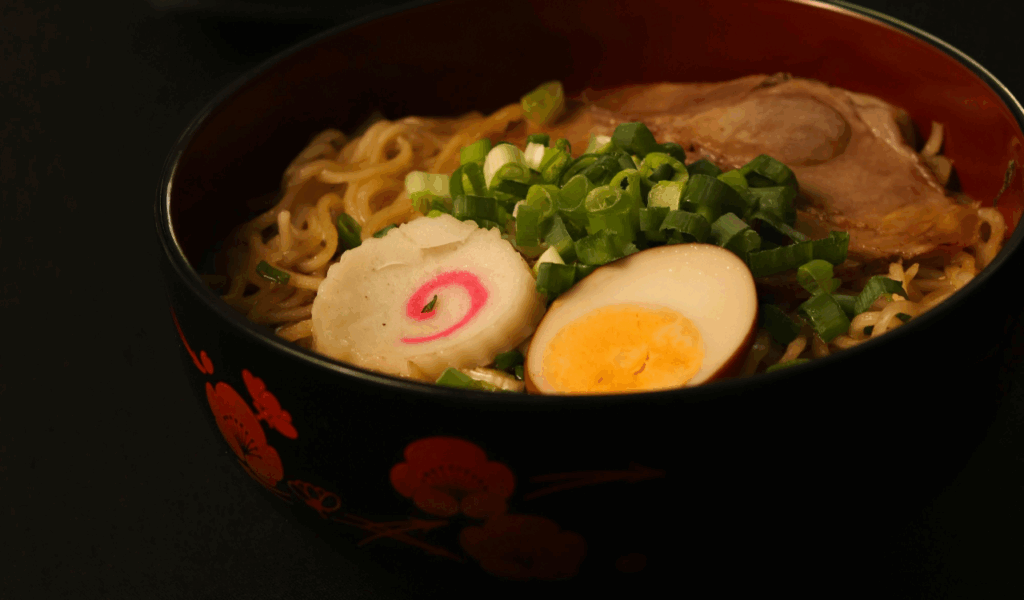
Japanese cooking strikes a balance between accuracy, creativity, and a profound regard for the ingredients. While ramen, tempura, yakitori, and okonomiyaki highlight regional flair, sushi and sashimi emphasize fresh seafood. Beyond the dishes, Japanese cuisine is influenced by the seasons; for example, spring sweets are inspired by cherry blossoms, while autumn dishes feature chestnuts and mushrooms. Meals are arranged like works of art, and presentation is just as important as taste. Extremes are also available in Japan, ranging from inexpensive convenience store snacks to fine dining at Michelin restaurants. Every meal is a cultural immersion experience.
3. Thailand
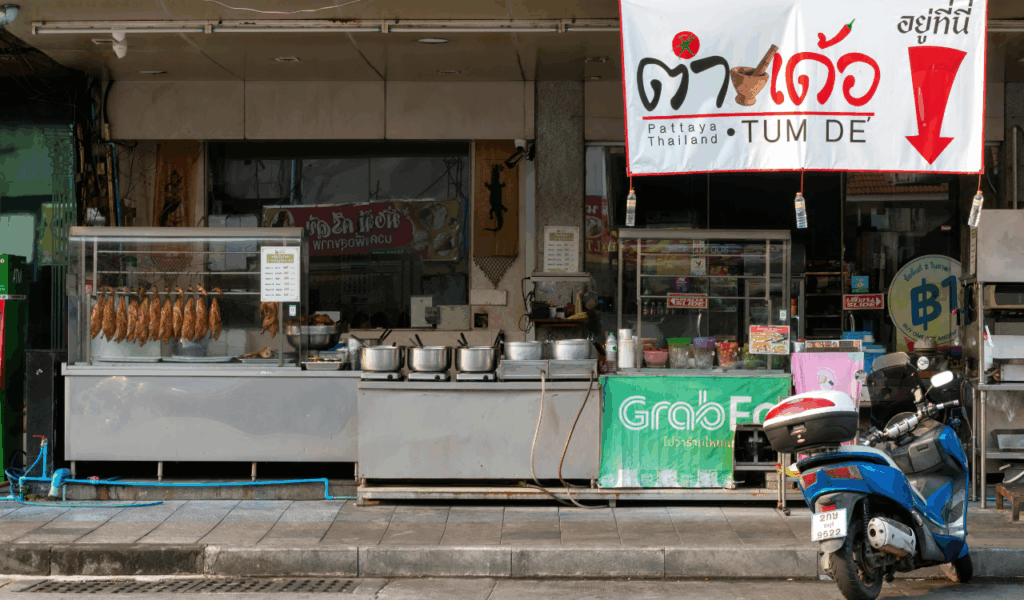
Thailand’s vibrant balance of sweet, sour, salty, and spicy flavors has earned it international recognition. Mango sticky rice with a memorable punch, pad Thai, green curry, and som tam (papaya salad) are all served by street vendors. The cuisine is aromatic and communal, with each bite infused with fresh herbs like kaffir lime, lemongrass, and basil. The street food culture is legendary: for a few coins, you can get stir-fries, soups, grilled meats, and skewers at late-night markets. Thai food is a representation of harmony; each dish strikes a balance between strong flavors and is still approachable to a wide range of palates.
4. Mexico
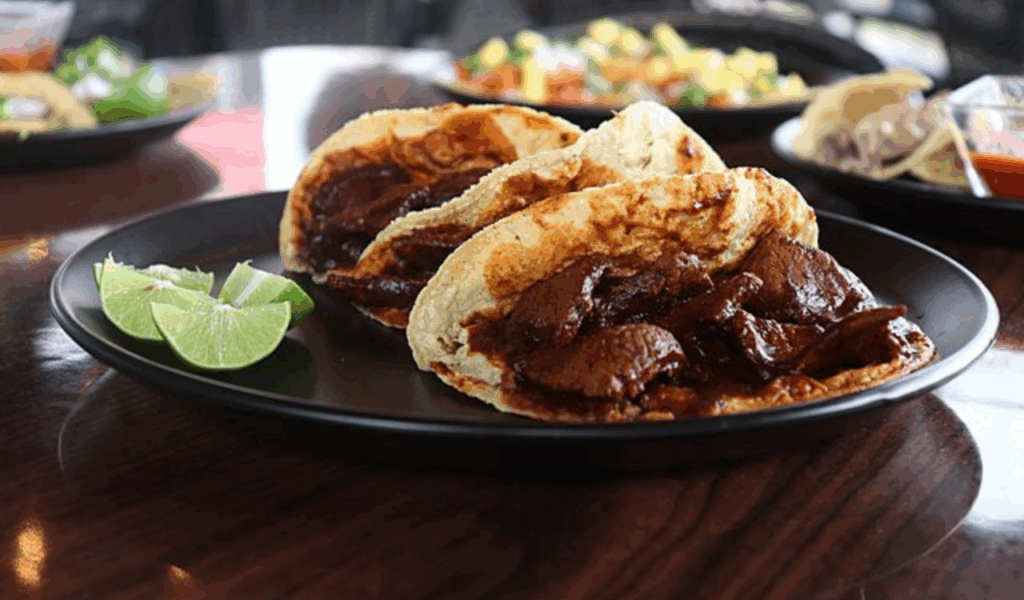
Mexican food is as varied as the country’s topography. Each region contributes something different, but staples like corn, beans, and chili peppers serve as the basis. The cuisine is varied and intricate, ranging from seafood ceviches in coastal towns to tacos al pastor in Mexico City and moles in Oaxaca. Because of its rich cultural heritage, Mexican food was even named an Intangible Cultural Heritage by UNESCO. The everyday table is emphasized by salsas, tortillas, and traditional beverages like horchata or atole. Food in Mexico is a combination of tradition, history, and everyday happiness, all encased in flavor.
5. France

For centuries, French cuisine has influenced dining around the world. A lot of Western cooking is based on traditional methods like baking, braising, and sautéing. Beyond technique, however, France provides delights such as coq au vin, bouillabaisse, and an endless array of cheeses, as well as buttery croissants and delicate pastries. Every region has its own specialties, such as Bordeaux’s wine, Normandy’s cider, and Provence’s herbs and olive oil. Savoring rather than hurrying is the goal when dining here. The art of balance is taught by French food, which is decadent but disciplined, rich but sophisticated.
6. India
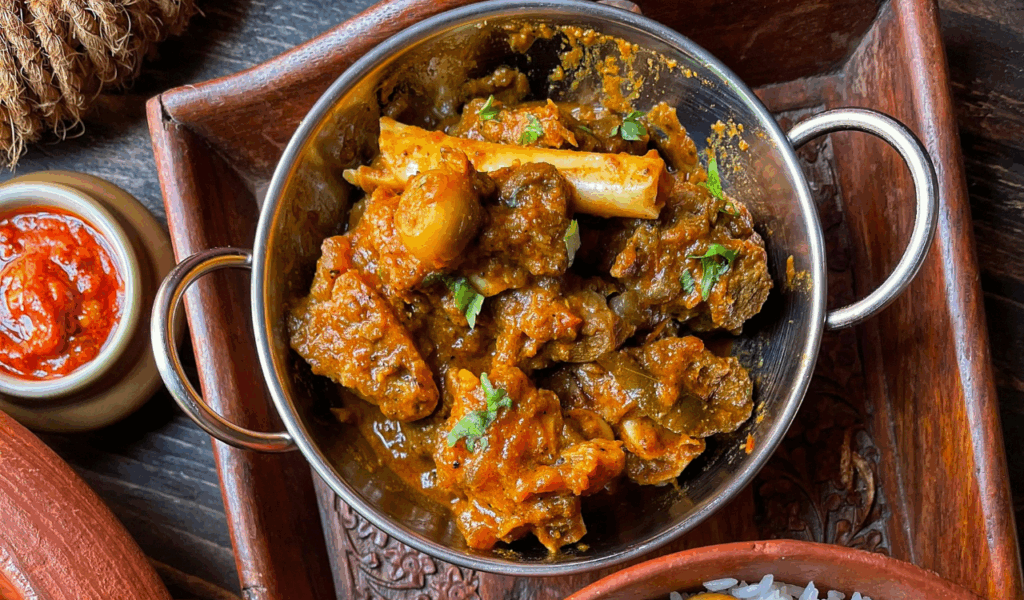
India’s culinary scene is extensive, varied, and intricately linked to both religion and culture. In rice dishes, breads, snacks, and curries, spices like cumin, cardamom, turmeric, and coriander add layers of flavor. Dosas in the south, biryanis in Hyderabad, chaats on the streets of Delhi, and desserts like gulab jamun everywhere all tell a tale. India is particularly inclusive because its vegetarian traditions are just as strong as its meat-based ones. Every meal is a sensory experience thanks to the explosion of hues, scents, and textures.
7. Spain
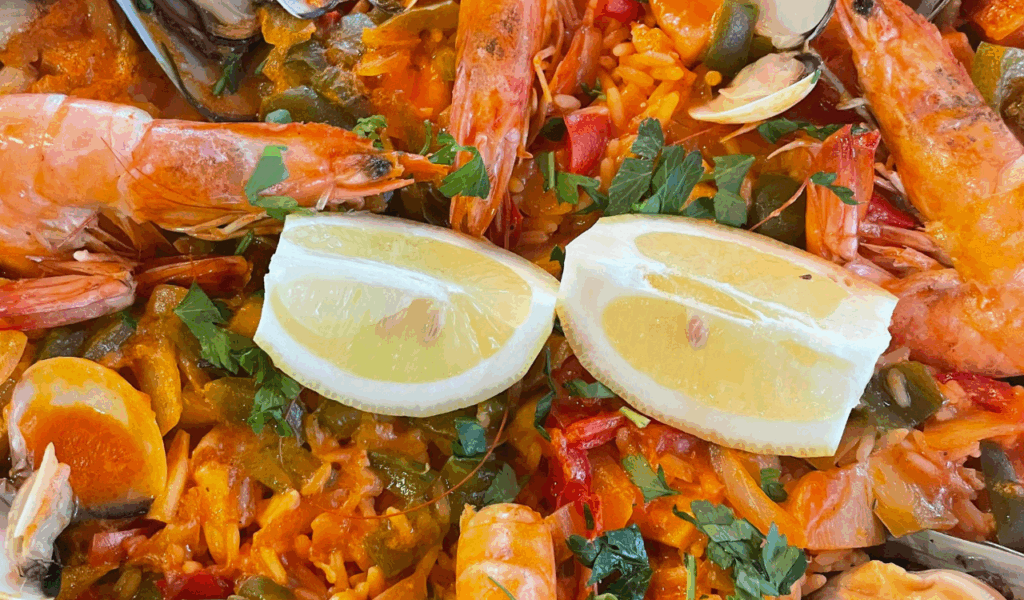
Tapas culture originated in Spain, where sharing and variety are encouraged by small plates. Meals, such as seafood paella, tortilla española, jamón ibérico, and patatas bravas, are lively and communal. Depth is added by regional specialties like Catalan crema catalana, Andalusian gazpacho, and Basque pintxos. Spanish chefs are pushing the envelope while honoring their heritage, and their cuisine is closely linked to both tradition and innovation. Mealtimes, particularly the lengthy midday lunch, reflect the cultural emphasis on enjoying life, and it is customary to pair food with wine or sangria.
8. Turkey
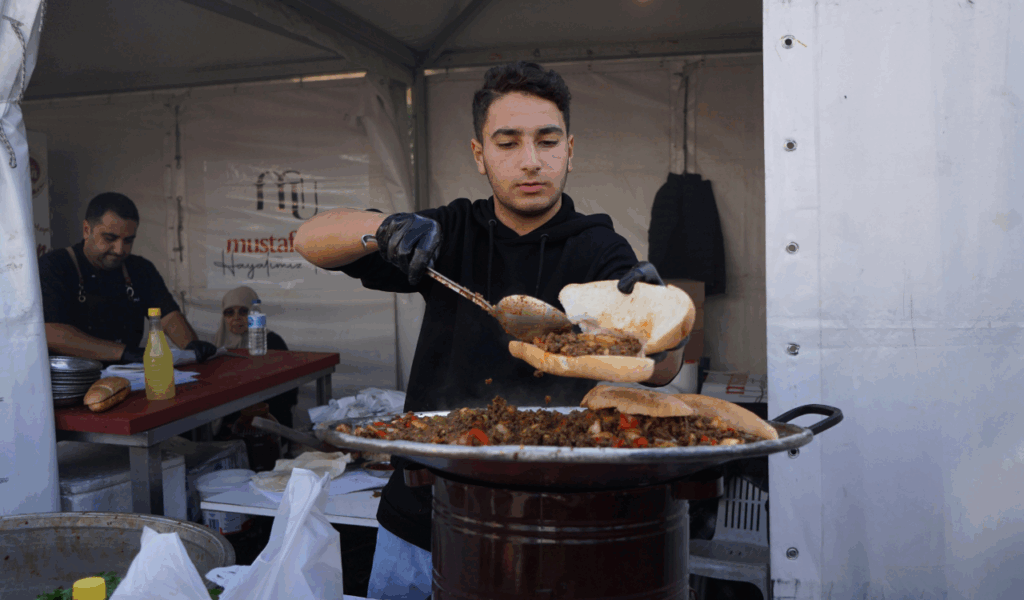
Turkey is at the intersection of Europe and Asia, and centuries of cultural exchange are reflected in its cuisine. The table is adorned with rich kebabs, mezes (small plates), pide (flatbreads), and desserts like Turkish delight or baklava. Breakfast spreads are legendary, loaded with breads, jams, eggs, cheeses, and olives. With each meal, the culture of tea and coffee provides warmth. Turkish cuisine is notable for its abundance; meals are frequently substantial, multi-layered, and shared with others. The flavors are strong yet reassuring, combining fresh produce and spices in a classic way.
9. Vietnam
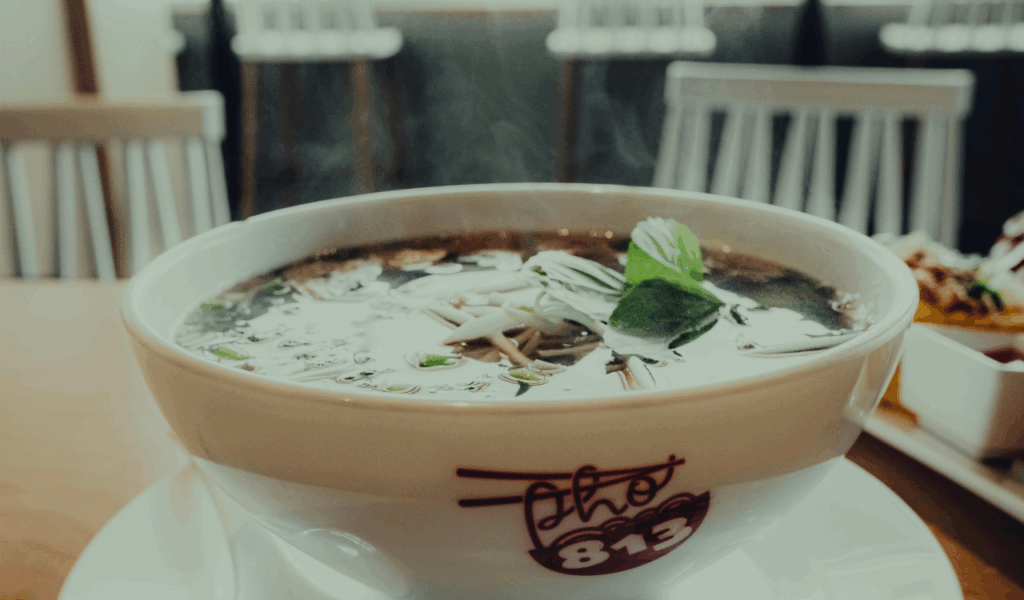
Vietnamese food is vibrant, light, and full of contrast. Summer rolls, pho, banh mi, and bun cha all highlight the balance of proteins, veggies, and herbs. Every dish is layered but refreshing because of the emphasis on balance between sweet, sour, salty, spicy, and umami flavors. The focus is on street food, with busy stalls offering steaming bowls or baguettes stuffed with pickled meats and vegetables. Meals are frequently colorful and reasonably priced, demonstrating both ingenuity and resourcefulness. Vietnamese cuisine frequently combines surprise and comfort in a single bite.
10. Greece
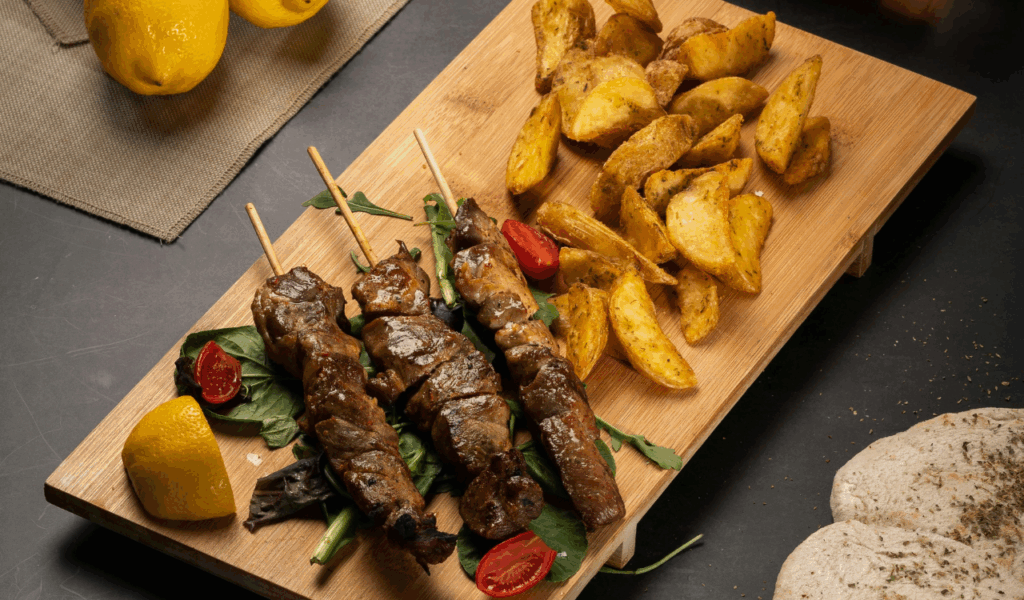
Greek food emphasizes healthful ingredients and simplicity. Bread, feta cheese, and yogurt are frequently served alongside the abundance of grilled meats, fresh vegetables, olive oil, and seafood. Greek salads, spanakopita, moussaka, and souvlaki emphasize freshness over fuss. Typically, meals are shared, highlighting community and connection. While coastal towns add daily seafood catches, traditional tavernas pair food with laughter and music. The Mediterranean diet is frequently hailed as one of the healthiest in the world and is primarily based on Greek eating customs.
11. China
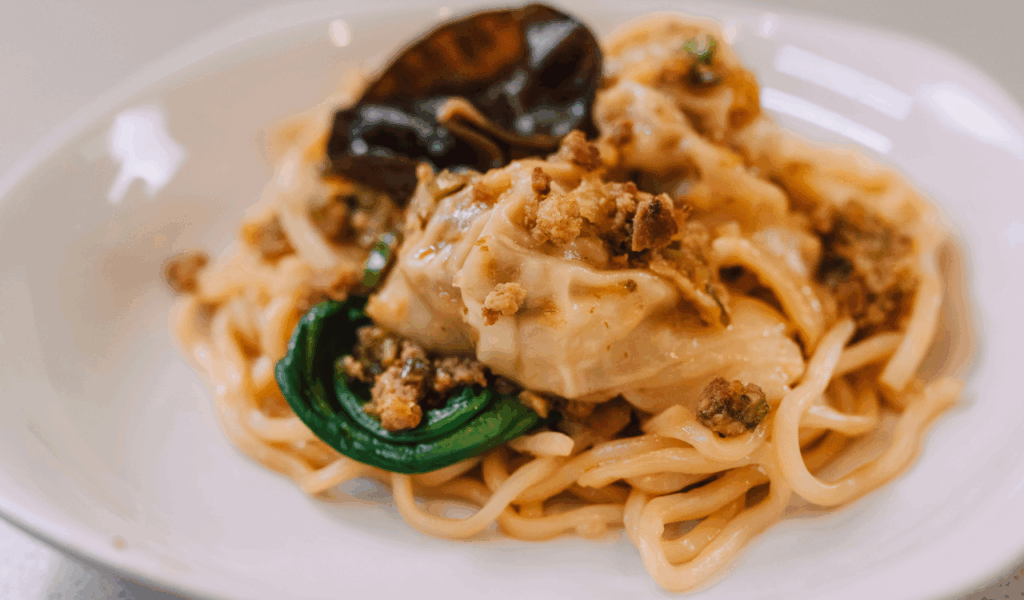
The variety of Chinese cuisine is unparalleled. There is something for every palate among the eight main regional cuisines, which include the fiery spice of Sichuan, the dim sum of Cantonese, and the seafood customs of Shandong. Commonplace staples include rice, noodles, dumplings, and stir-fries, but centuries-old cooking techniques, sauces, and spices add depth. From buns to skewers, street food scenes are lively. Tea culture adds ritual to meals. Chinese cuisine reflects a wide range of cultural and geographic landscapes through its flavors, offering both sophisticated artistry and everyday comfort.
12. Morocco
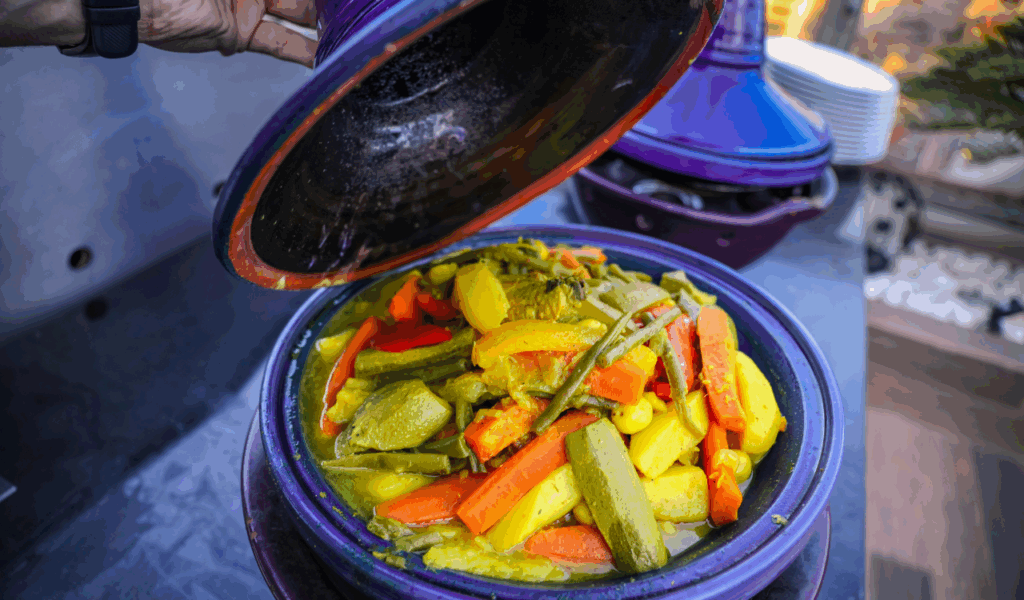
Moroccan food is warm, aromatic, and incredibly reassuring. Traditionally served with couscous, tagines are slow-cooked stews of meat, vegetables, and spices. Spices like ginger, saffron, cumin, and cinnamon are frequently added to both savory and sweet recipes. Street vendors serve grilled skewers and fresh breads, and mint tea is a staple, poured with flourish. With layers of spice that never overpower, meals are fragrant and shared with others. Morocco’s cuisine is both familiar and exotic, transporting the palate to the past of North Africa with every bite.





